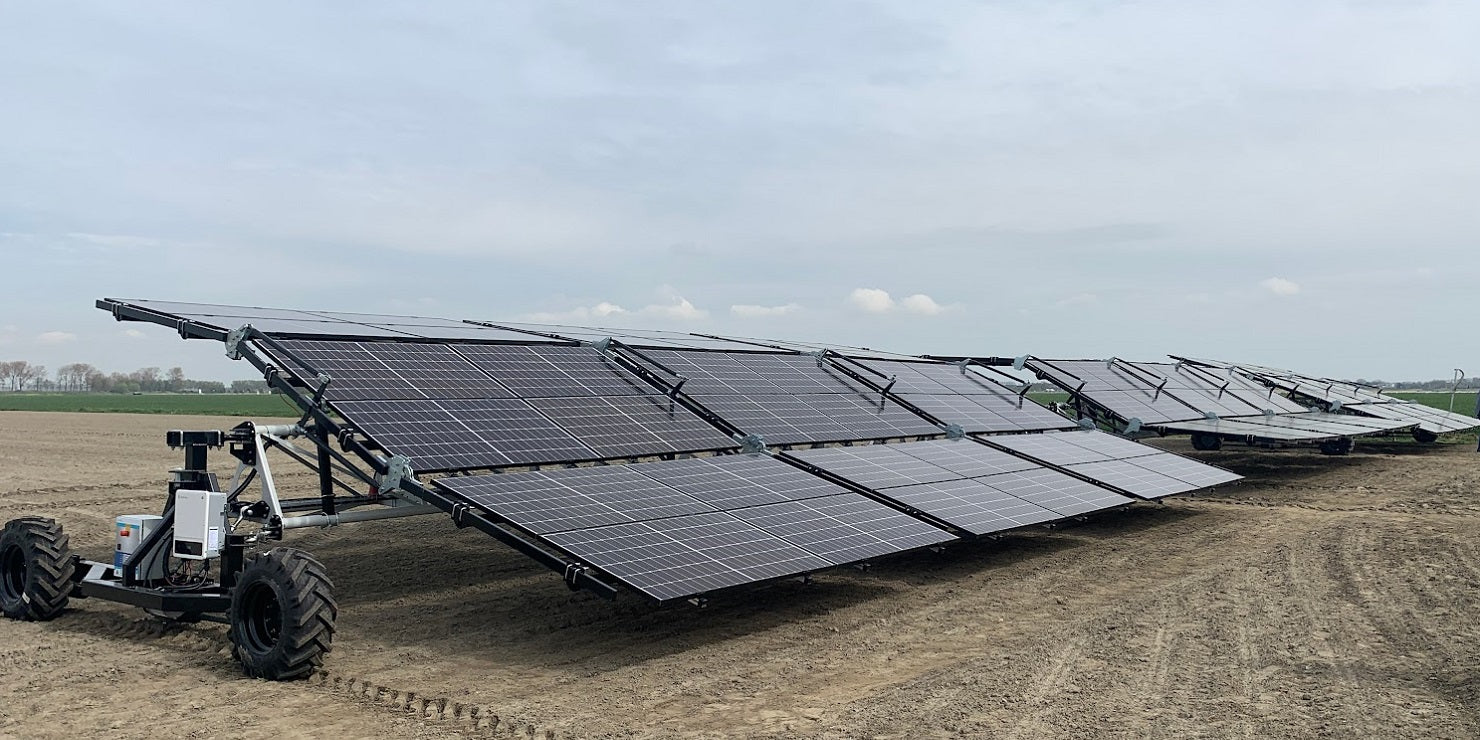https://www.pv-magazine.com/2022/04/21/irena-fleshes-out-chilling-effect-of-covid-on-off-grid-solar/
Irena fleshes out chilling effect of Covid on off-grid solar

"Despite the encouraging global trend ... the energy transition is far from being fast or widespread enough to avert the dire consequences of climate change," according to Irena director-general Francesco La Camera.
Image: IRENA
The latest set of annual clean energy statistics published by the International Renewable Energy Agency (Irena) has spelled out the freeze in off-grid solar installations which began with the onset of Covid-19 outside China, in 2020.
The majority of the world's nations which host off-grid solar arrays had the same installed capacity at the end of December as they had 12 months earlier, according to Irena's Renewable Capacity Statistics 2022 report.
In Bangladesh and Myanmar, the volume of connected off-grid solar generation capacity actually fell last year, with Bangladesh losing 16 MW of arrays to have 139 MW at the end of the year, and Myanmar falling from 44.5 MW to 40.4 MW. The latter nation also shed 4 MW of grid connected photovoltaics last year, according to Irena, to host 80 MW of grid capacity at the end of December.
Small beer
In off-grid terms, Lebanon added the only 10 kW of capacity observed in the Middle East last year, Fiji added all of Oceania's 33 kW, and Ecuador added the only 23 kW recorded in South America.
While most of Africa's off-grid numbers remained in stasis, however, Mali's standalone PV generation capacity rose from 19.5 MW to 49.5 MW last year and Somalia's advanced from 15.5 MW to 23.5 MW.
Grid solar
Grid connected solar capacity additions remained robust last year, according to the study, with China adding almost 53 GW to reach 306 GW, India adding 10.3 GW to hit 49 GW, and the US seeing almost 20 GW of new solar, to reach 93.7 GW.
EU member states provided 21.4 GW of the new panel capacity recorded across the European continent last year, led by Germany, which added more than 4.7 GW to reach a cumulative 58.5 GW. Other hot markets included Belgium, which added more than a gigawatt to reach 6.59 GW; the Netherlands, which added almost 3.3 GW for a total 14.2 GW; Poland, which advanced from 3.96 GW to 6.26 GW last year; Portugal (up from 1.1 GW to 1.8 GW); and Spain (10.3 GW to 13.6 GW).
Estonia, Ireland, and Moldova also made significant advances, albeit from low baselines but Czechia and Slovenia lost solar capacity last year, the former retreating from 2,123 MW at the end of 2020 to 2,119 MW, and the latter from 370 MW to 367 MW.
Popular content
While Kenya, Malawi, Mali, Morocco, Senegal, the Seychelles, Somalia, Togo and Zimbabwe all made advances in solar in 2021, South Africa added 231 MW of the underwhelming 298 MW of new PV connected to African grids during the year.
Kazakhstan was an Asian solar star in 2021, according to Irena, adding 1,115 MW of grid-connected photovoltaics to advance from 1.72 GW to 2.83 GW and there were also advances in Brunei, Cambodia, Japan, Nepal, Pakistan, the Philippines, Singapore and Uzbekistan – which turbocharged its solar sector to advance from just 4 MW of grid solar to 104 MW. The remarkable solar revolution witnessed in Vietnam, however, appears to have stalled. After rocketing from 8 MW of grid solar five years ago to 16.7 GW in 2020, Irena's number crunchers said the nation added no new capacity last year.
Nicaragua breakthrough
Panama almost doubled its grid solar capacity last year, from 242 MW to 465 MW, and there were notable Central American additions too in Costa Rica, Puerto Rico, and the Dominican Republic, with Nicaragua adding its first megawatt of grid solar, although the zero capacity previously recorded by Irena can include up to 500 kW of panels.
Turkey drove most of Eurasia's new solar in 2021, according to the statistics, rising from 6.67 GW to 7.82 GW, with Armenia almost doubling its grid solar fleet, from 95 MW to 183 MW. Similarly, Australia provided 1,732 MW of the 1,736 MW of new panels installed in Oceania, with New Zealand accounting for the balance, and Saudi Arabia made the only notable solar deployment in the Middle East, as it reached 389 MW of grid connected capacity from just 59 MW at the start of the year.
Brazilian market
Brazil added more than 5 GW of new grid solar last year, to reach a cumulative 13 GW, with the markets in Argentina and Chile also ticking over as Colombia more than doubled its capacity, from 86 MW to 184 MW.
According to Irena, there are still a dozen territories worldwide without any grid-connected solar capacity: the Central African Republic, Djibouti, Lesotho, and Sao Tome et Principe, in Africa; and the British Virgin Islands, St Barth, and Dominica – which had 1 MW in 2026 and 2017, according to the Irena stats – in the Caribbean; plus Bhutan; the Faroe Islands; the Malvinas/Falklands; Paraguay; and Greenland.
This content is protected by copyright and may not be reused. If you want to cooperate with us and would like to reuse some of our content, please contact: editors@pv-magazine.com.




